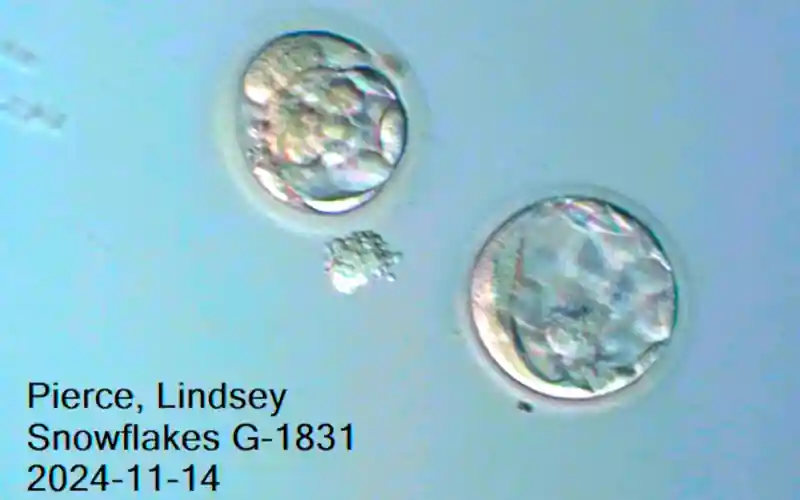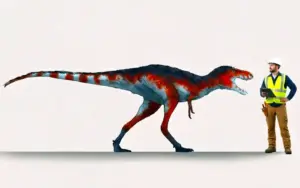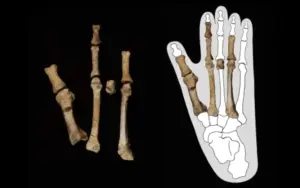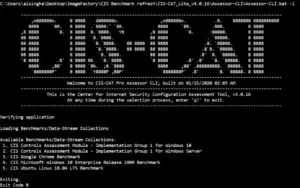Ohio Couple Welcomes Baby from 31-Year-Old Embryo

- An Ohio couple has successfully welcomed a baby boy from an embryo frozen for nearly 31 years, potentially setting a new record for the longest-stored embryo resulting in a live birth.
A baby boy was born last week to an Ohio couple from an embryo frozen for over 30 years. This birth may set a record for the longest storage time before a successful delivery. Lindsey and Tim Pierce used donated embryos from 1994, which they obtained through embryo adoption, after struggling with infertility for years. Their son was born from an embryo that had been in storage for 11,148 days, a period their doctor believes to be a new record. This concept of embryo adoption has been gaining traction, particularly among groups who oppose discarding embryos and view them as potential children needing a home.
The Role of Embryo Donation
Linda Archerd, 62, donated her embryos to the Pierces and noted that she felt all three “little hopes” deserved a chance to live. Less than 2% of births in the U.S. result from in vitro fertilization, and an even smaller portion involves donated embryos. There are an estimated 1.5 million frozen embryos in storage across the country, many of which are in a state of limbo as parents decide what to do with them. A 2024 Alabama Supreme Court decision, which granted frozen embryos the legal status of children, has further complicated the issue.
Archerd first turned to IVF in 1994, when embryo freezing technology was rapidly advancing. She created four embryos and initially hoped to use them all. However, after the birth of her daughter and a subsequent divorce, her plans changed. As the years passed, Archerd felt increasingly guilty about what to do with the embryos, especially as storage fees accumulated. Eventually, she found a service called Snowflakes, which facilitates open adoptions for donated embryos, allowing her to have a say in the adopting family.
The Journey of the Embryos
The adoption process was complex, requiring Archerd to retrieve old records from her original fertility doctor in Oregon. The embryos then had to be shipped from Oregon to the Pierces’ clinic, Rejoice Fertility in Knoxville, Tennessee. This clinic is known for its expertise in handling embryos stored in older containers and for its policy against discarding them. Of the three embryos received, one did not survive the thawing process.
Two embryos were then transferred into Lindsey Pierce’s womb, with only one successfully implanting. According to Dr. John David Gordon, the transfer of this nearly 31-year-old embryo has surpassed the previous record. Gordon’s clinic also assisted in the previous record, which involved embryos frozen for 30 years. Gordon suggests that while these stories are captivating, they also highlight the significant problem of a large number of embryos remaining in long-term storage. The Pierces, for their part, simply wanted to have a baby and were not focused on setting any records.
A Look into the Future
The donation process was an emotional experience for Archerd, who felt a sense of relief that her embryos had found a home but also a hint of sadness that they would not be with her. She also felt a bit of anxiety about a potential future meeting with the Pierces and the new baby. She hopes to receive more pictures and expressed her desire to meet them in person one day. The development and refinement of cryopreservation techniques have made long-term storage of embryos a viable option, allowing for these incredibly prolonged storage periods.
Additional Information
|









